
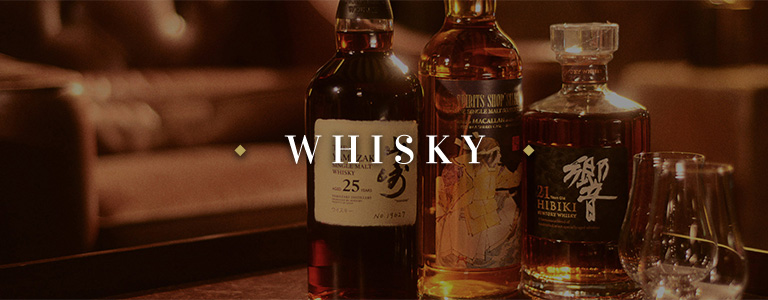
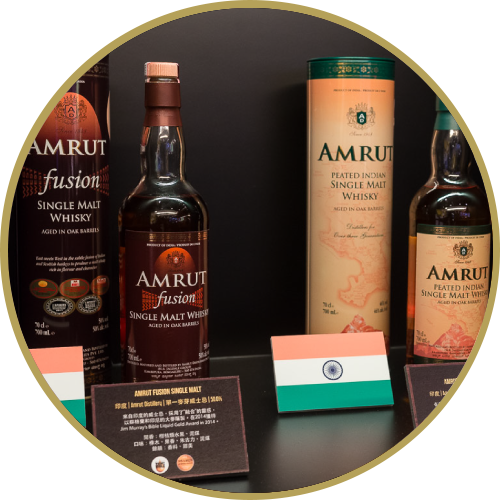
One of today's hottest Asian whisky-producing countries has to be Taiwan. Kavalan has won multiple international awards, stealing the limelight from the world's top distilleries, while the Nantou Distillery started commercial production in 2008. Nantou only distills and does not brew its own "wash". Instead it purchases beers from breweries for distillation. Taiwan's whiskies tend to be sweeter to suit the Asian palate, and are younger when compared with Scotch. The reason is hot weather facilitates evaporation during the maturing process, known as "Angel's share".
Some say India was once the biggest whisky-producing country, even if all distribution is domestic. Many authorities, however, argue that Indian distilleries used to add molasses to the process, which results in rum and not whisky. The John and Amrut distilleries now create premium single malts, combining ingredients from overseas with local resources. And just like Taiwan, India's hot climate facilitates evaporation, so these are relatively young whiskies.
| Content Provided by Lifestyle Federation |
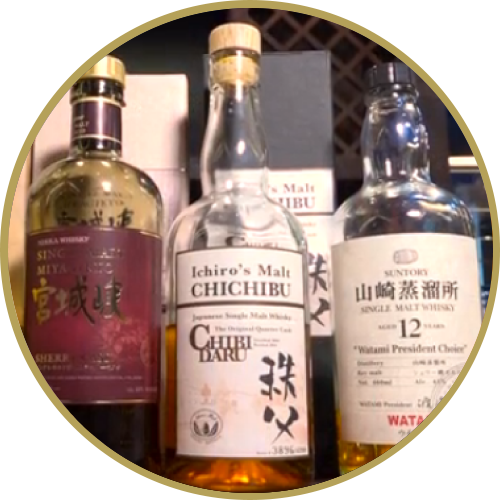
“Lost in Translation” starring Bill Murray and a bottle of Hibiki 17 Year Old have made Japanese whisky a trendy tipple.
Japan’s whisky industry declined in the early 1980s as a result of cheap imports and high alcohol taxes. Companies then launched campaigns promoting “highball” cocktails, making Japanese whisky a drink-of-choice. Suntory and Nikka, Japan’s best-known producers, won a succession of major awards in the early 2000s, and Japanese whisky earned an international reputation for quality.
The spotlight has remained on Japan’s version of the “amber nectar” following “World Whisky of the Year” victory for Yamazaki Sherry Cask 2013 in Jim Murray’s Whisky Bible 2015. In fact, Japan is now the world’s third largest producer behind Scotland and America, leaving Ireland behind.
| Content Provided by Lifestyle Federation |
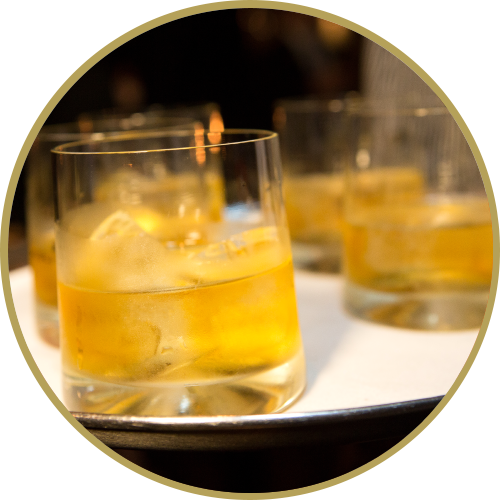
"On the rocks" – served with ice – is probably the most popular way of enjoying whisky. Ice makes for a refreshing drink, but dilutes flavor when it melts. And lower temperatures tend to "lock up" the aroma.
"Neat" refers to adding nothing, which highlights all the natural characteristics of a whisky.
A dash of water is common among experts who believe it opens up natural flavor and aroma. Not convinced? Try walking in the park after rain and you'll smell the soil and grass – aromas released by addition of water!
| Content Provided by Lifestyle Federation |
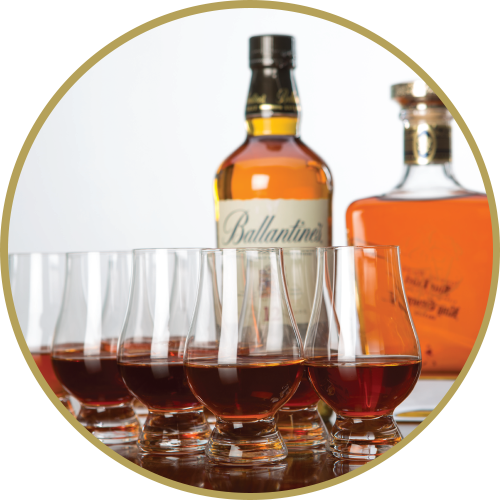
The word WHISKY or WHISKEY can be traced back to the ancient phrase "uisce beatha" from Classical Gaelic, or "uisge beatha" from Scottish Gaelic. Both mean "water of life".
Scotland was the first country to adopt the WHISKY style of spelling. The distilling art was taken to Japan by father of the Japanese whisky industry Masataka Taketsuru, who worked at many distilleries in Scotland before returning to his homeland.
The word WHISKEY first appeared in Ireland and was then adopted by the US via migration of many Irish citizens. However, distilleries such as Maker's Mark use the WHISKY spelling to represent their Scottish ancestry.
WHISKY is spelt without an "e" in most countries, such as Scotland and Japan, while nations including the US and the Republic of Ireland use the WHISKEY style of spelling.
| Content Provided by Lifestyle Federation |